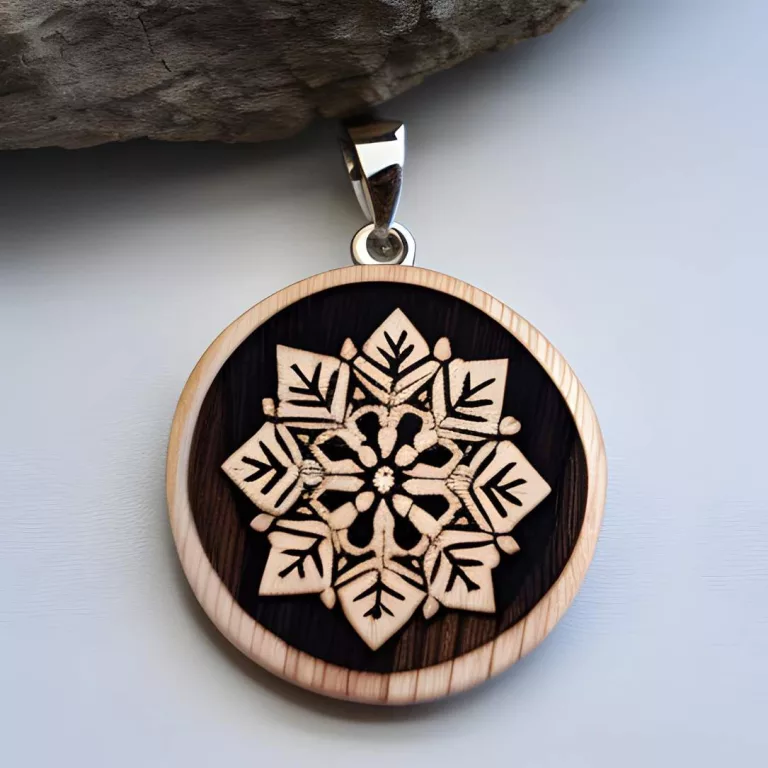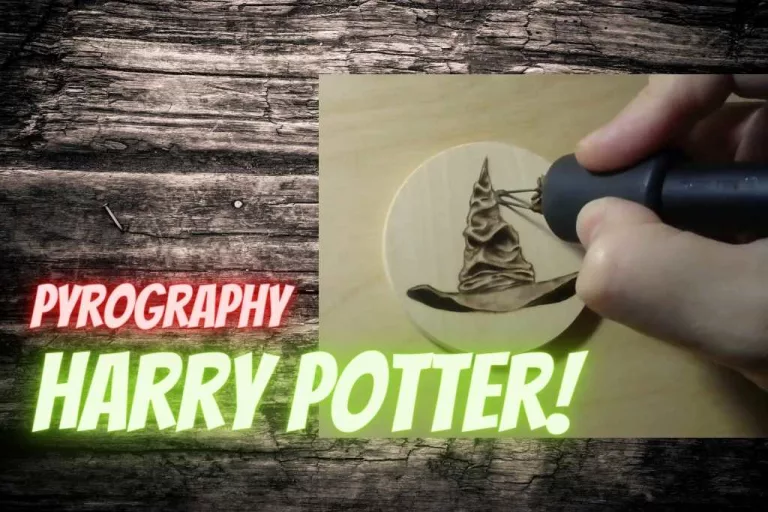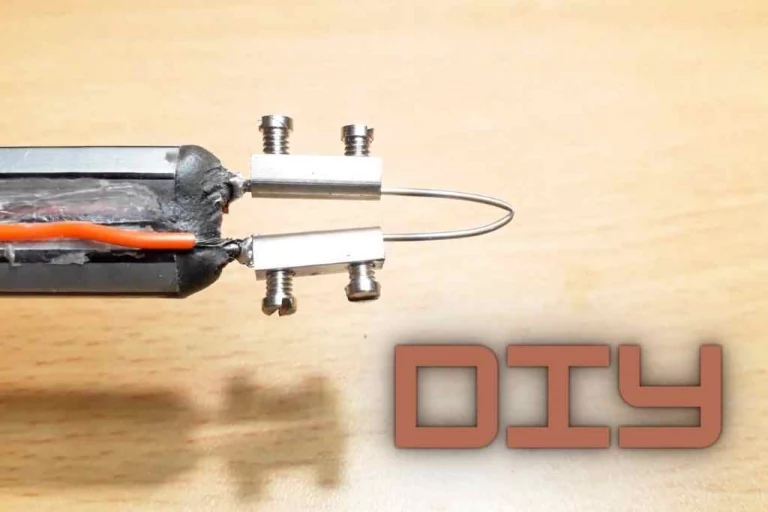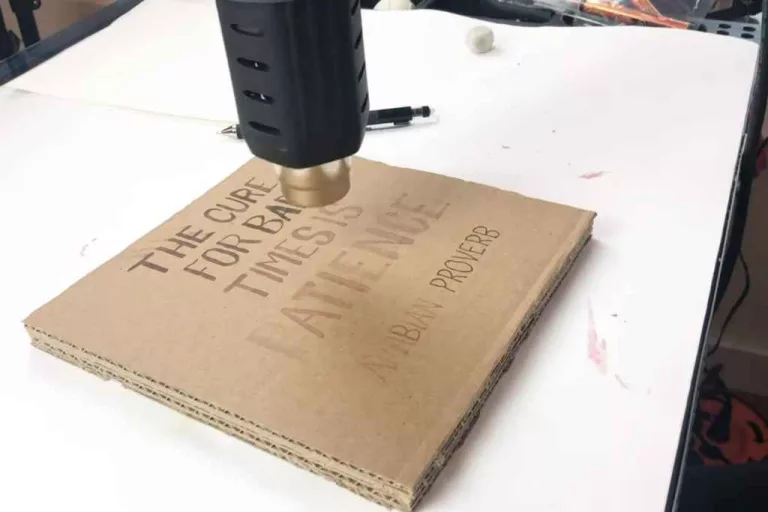Can You Do Pyrography On Stained Wood? A Quick Breakdown
A BIG NO! You must not do pyrography on stained wood. It has serious health hazard if you do not remove the stain (colorant) prior you do pyrography on it.
Stain is a layer of transparent suspended on colorant molecules, gives a definite stint on wood surface and protects it from dust and insects.
Most people do pyrography on various types of wood. But can you do pyrography on stained wood? If you’re new to pyrography, that’s quite a valid question. The answer is simple, too.
Pyrography is one of those hobbies where you need to pay some amount of attention to safety. One of the ways to make sure you’re practicing safe pyrography is to work on a clean surface, which means no working on stained wood!

Can you wood burn stained wood? Why Not?
The problem here is twofold.
First, pyrography on stained wood can potentially harm you and also the environment.
There’s a reason why using a pyrography pen on clean, untreated wood is ideal. A pyrography pen essentially burns the wood and produces fumes. When the wood is natural and untreated, the fumes do not harm you much. (You should still wear a mask, though.)
- However, if you burn stained wood, there’s a good chance the fumes produced would be toxic. Even if you’re using wood that’s stained with natural ingredients, it’s still not safe. The fumes can make you sick. Oh, and the fumes may also pollute the air. So refrain from doing it!
- To break it down further, let’s talk about stains that are oil-based. In case you even have to burn a piece of wood with an oil-based stain on it, you’ll notice a slight smell. It would smell like burnt gasoline or kerosene. That should be your warning.
- If you sense that smell, stop burning right away. In case this fume enters or touches your body in some way, it can cause a plethora of problems. It may cause eye, nose, and throat irritation at best, and feelings of nausea, headaches, and feeling faint at worst.
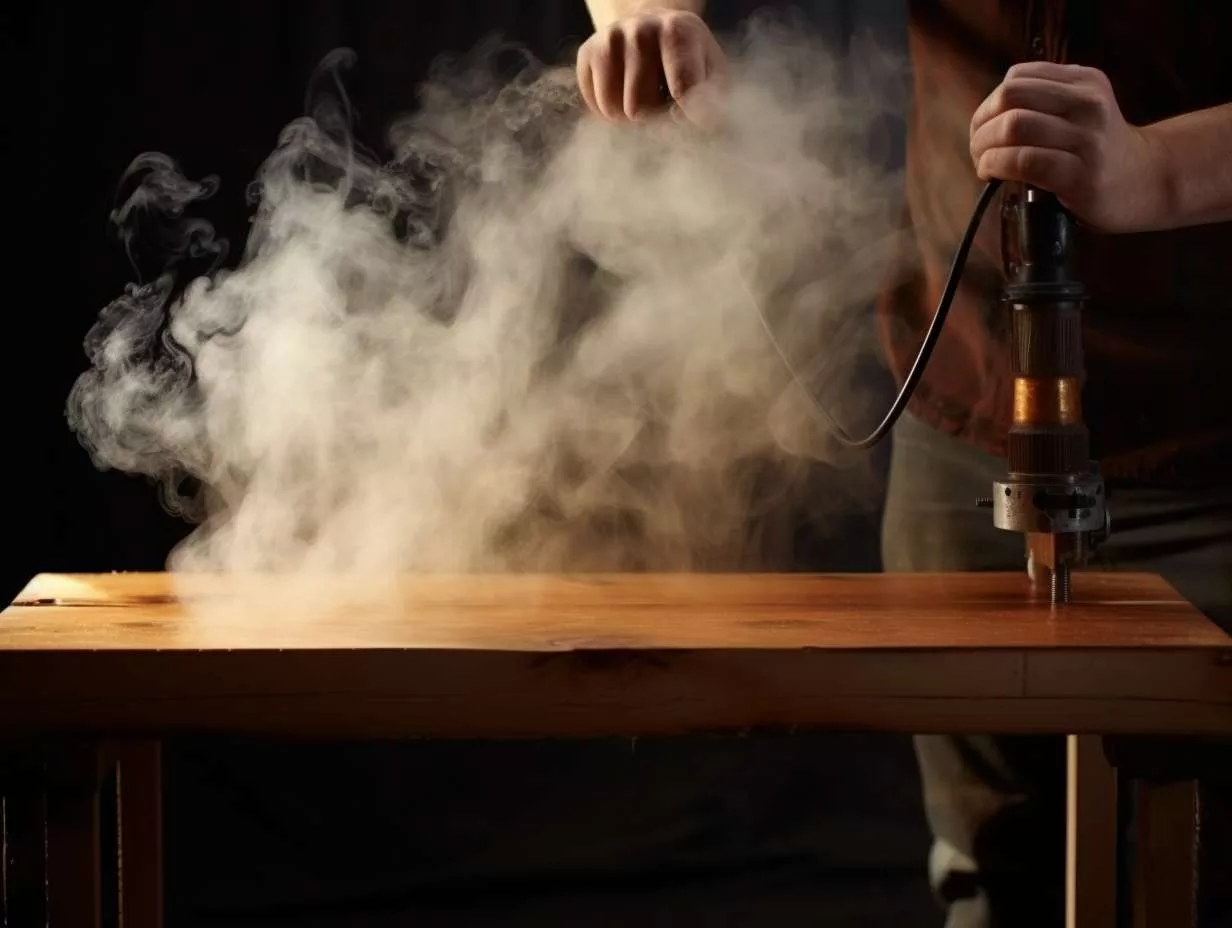
Second, trying pyrography on stained wood would end up ruining your project.
- If you try to use a pyrography pen on any kind of stained or finished wood, the heat will ruin the finish. The damage will be an eyesore and it’s usually very hard to fix the mistake. So, for the sake of a well-done pyrography project, make sure to pick untreated wood.
What Kind of Wood Should You Avoid?
Aside from stained wood, avoid any kind of finished or treated wood that has chemicals like oils or glue in it. Those chemicals, when burned, would produce toxic fumes and that’s bad for your health.
Moreover, if you want to use any kind of cheap wood for practice, try your best to ascertain if it has been treated.
If you like the stained look of wood, you should do pyrography on untreated wood first and then stain the wood later. It’s not all that complicated. The same goes for varnishing or painting the wood piece.
I once made the mistake of attempting to work on a stained wood piece. Attracted by its rich color and smooth finish, I overlooked the crucial fact that pyrography on it is not just inappropriate, but dangerous.
Minutes into the process, I started feeling dizzy and experienced a burning sensation in my eyes. The fumes released from the heated stained wood were overpowering and unlike anything I had encountered before. I immediately stopped and moved to a well-ventilated area, but the headache and nausea lingered for hours.
What Kind of Wood Should You Work On?
Untreated wood is obviously what you should pick for pyrography. I find pale, softer wood more suitable for this hobby. But you have to stain over wood burning to make it long last. Wood burn finishes are important steps for durability of your works.
Here’s a video for a quick guide to learn about the best wood to burn.
The Verdict
I hope you are properly convinced that pyrography on a stained piece of wood, no matter how lovely it is, is a bad idea.
Follow this principle: burning stained wood is harmful, but staining over wood burning is encouraged.
Focus on improving your wood-burning skillset, and Happy burning!

